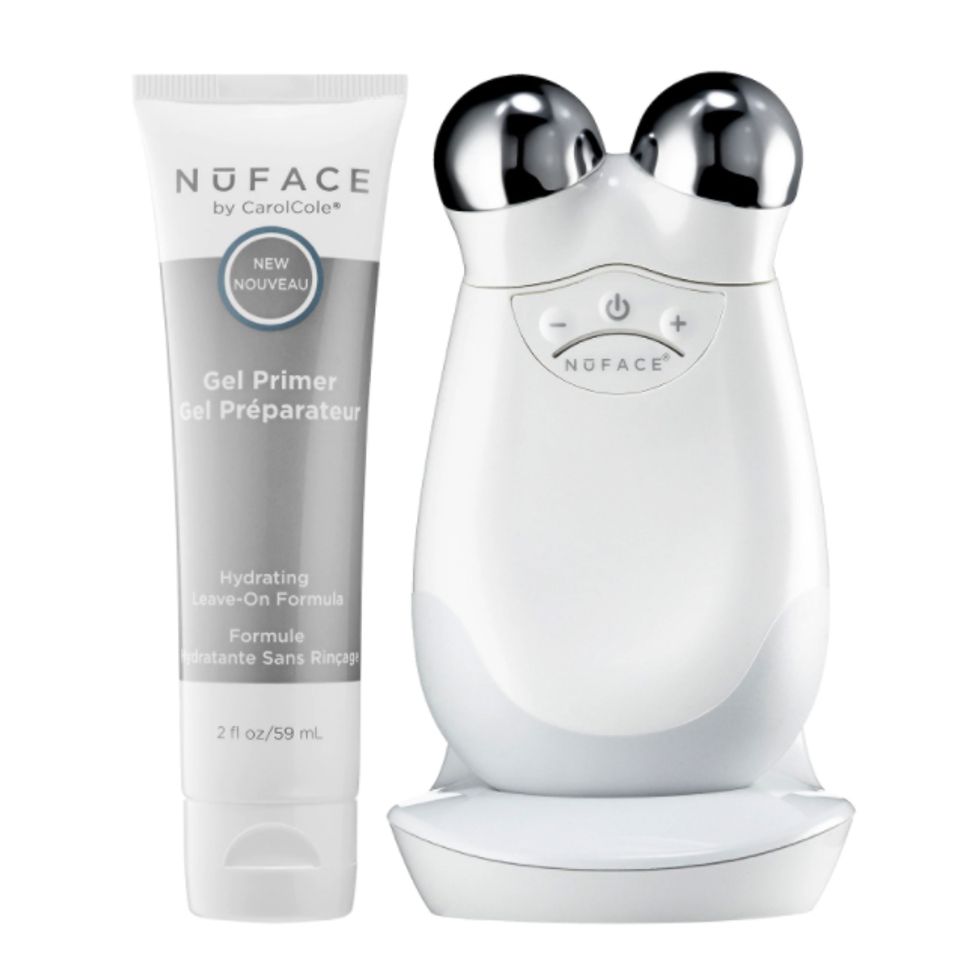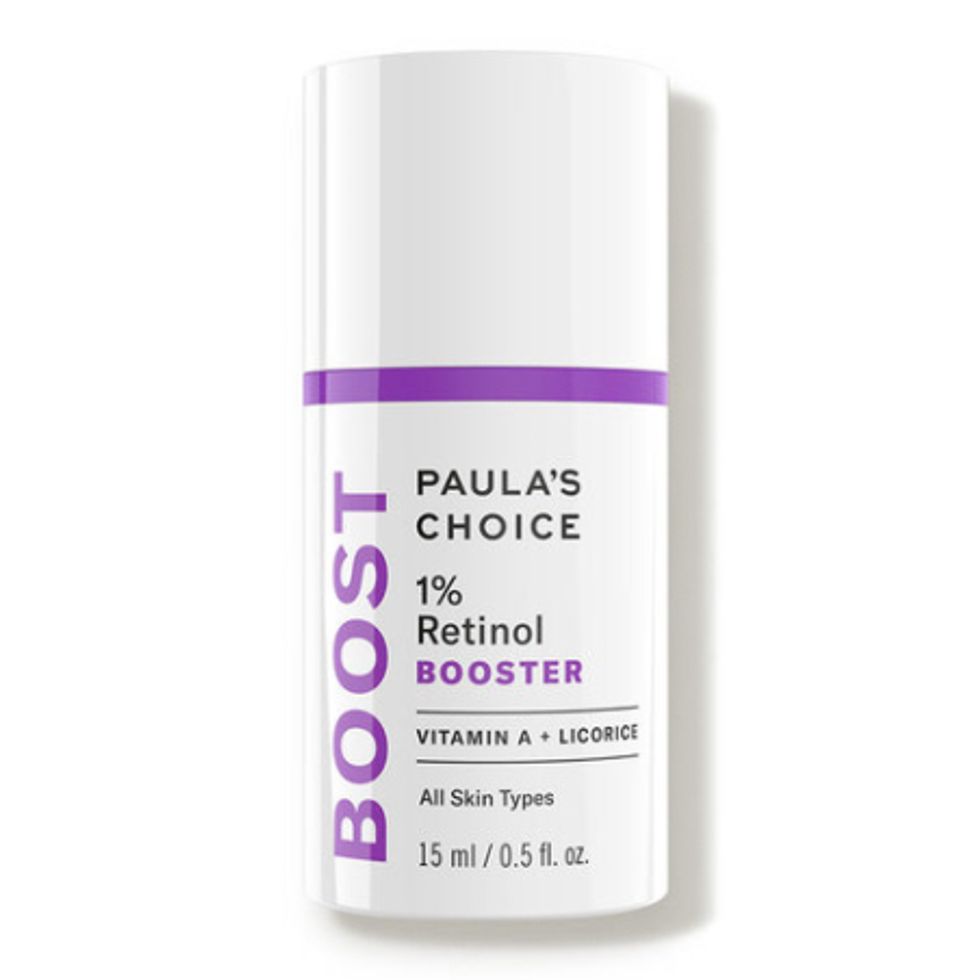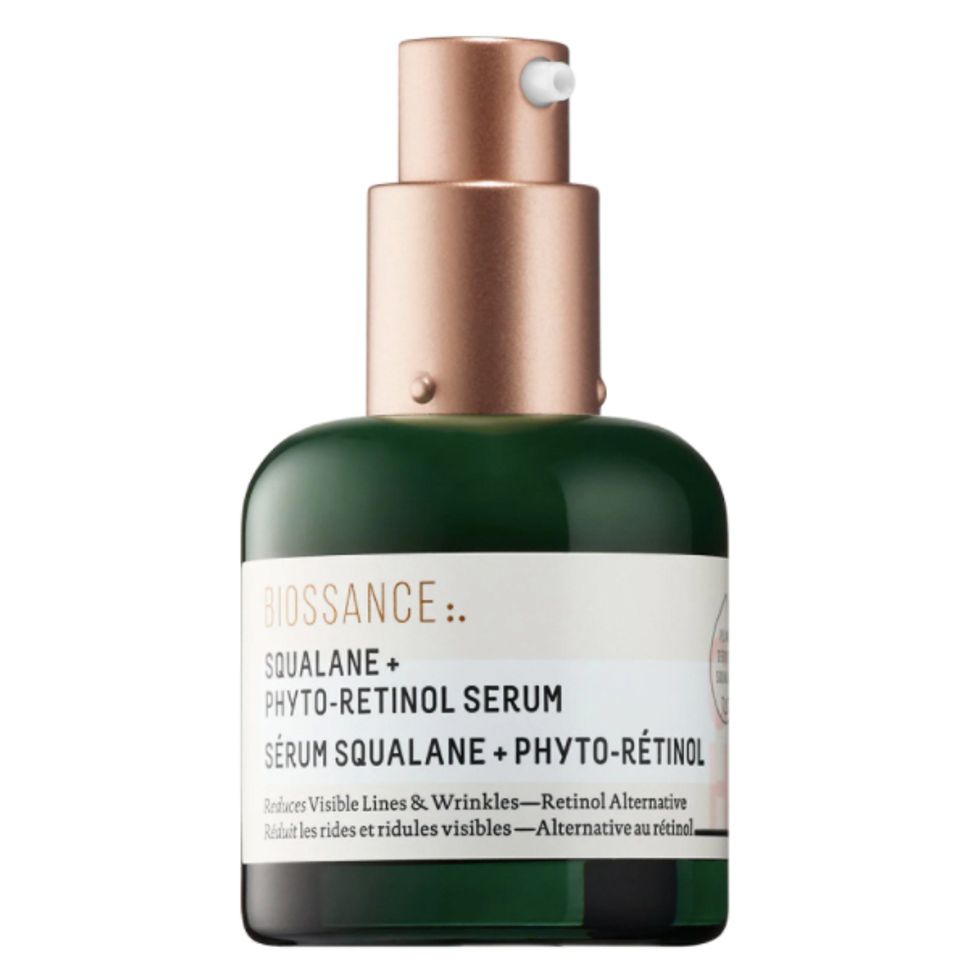
One of the greatest equalizers across humankind is that we all age, and in the process of growing older, our skin gradually begins to sag. While this migration southward is inevitable, there have been significant advances in the quest to keep our skin aloft. Even better, many of them don’t require a visit to your dermatologist or a plastic surgeon (although both can certainly help) or a prick of a needle in any way. In fact, brands have been touting products to make us all firmer, younger, and bouncier for years—but which of them can actually substantiate those claims with real results? And what are the ingredients to look for in order to keep our faces, necks, and décolletages from drooping?
We spoke with two leading skin-care experts, dermatologist Dr. Dendy Engelman and plastic surgeon Dr. Adam Kolker, to learn more about when (and why) our skin begins to sag, as well as the products and ingredients we should be embracing to keep the worst of it at bay for as long as possible.
Firm Skin 101
To understand why skin ultimately loses its elasticity and firmness, you first need to learn what exactly is keeping it in a lofted state in the first place. There are two main components that give skin its bounce: collagen and elastin. Both are proteins that make up the skin’s composition and are plentiful when you’re young, but the levels of each decrease as you age. The former binds tissues together to make up the building blocks of skin, while the latter allows your tissues to stretch and move and still return to their original state. Essentially, they’re what give your skin a youthful, plump appearance. Just think of a baby’s chubby cheeks—they’re chock-full of collagen and elastin.
Causes
So if we’re all born with heapfuls (not the correct medical term) of collagen and elastin, wouldn’t our arc of aging follow a similar path? Not necessarily. Both Dr. Engelman and Dr. Kolker say that genetics do play a role in how long your skin can remain firm and youthful-looking, but environmental factors also significantly affect the process. Things like smoking, sun exposure, nutrition, hormonal changes, weight gain, and stress can all cause your skin to age faster, meaning sagging might begin earlier and more aggressively. Just add your skin’s health and appearance to the laundry list of reasons to stop smoking, break a sweat, and slather on some sunscreen.
Timeline
No matter how well you treat your skin and body in your day-to-day life, you unfortunately cannot stop the aging process altogether. Skin sagging is simply another sign of growing older. For some, Dr. Kolker explains that the process can manifest as early as your 20s, although the most significant changes become more evident in the perimenopausal stages—late 40s to early 50s. Dr. Engelman adds: “By age 30, we are losing one percent of collagen a year.” Deep breaths, everyone.
Not every region of your body will show these aging signs at the same time, however. Areas with thinner skin, like the neck, eyes, and décolletage, are often the first to feel the effects of gravity, as well as areas that experience frequent movement like the neck, perioral region, periorbital region, and jawline. The lower half of the face in general is one of the first to exhibit sagging because the fat pads in your cheeks are slowly migrating downward. That’s why most people will eventually develop jowls on either side of the mouth.
Treatment & Prevention
OK, time for some good news. With proper prevention, skin sagging can be significantly slowed and even reversed in some cases (but again, not altogether stopped). First and foremost, that means sunscreen. Says Dr. Kolker, “protection from UVA and UVB radiation is the single most effective means by which to preserve and promote youthful skin.” Not only will your skin stay firmer longer, but minimizing sun damage means fewer dark spots, fine lines, and wrinkles.
In terms of treatment, you should be on the lookout for products that trigger collagen production and cell turnover. The gold standard that any skin-care professional will advise you to use is retinoic acid, a form of vitamin A. Since our bodies naturally lose vitamin A as we age, the depletion contributes to the various signs of aging, like sagging skin. Using vitamin A topically, as either retinoic acid, retinol, or tretinoin (the prescription form), will increase cell turnover, build collagen, and rehydrate the skin. Says Dr. Engelman, “Retinoic acid is an extremely effective cell-communicating ingredient that has the ability to connect to almost any skin-cell receptor site and tell it to behave like a healthy, younger skin cell. It also functions like an antioxidant that can interrupt the free-radical damage process that causes wrinkling and other signs of aging.”
But in terms of products that claim to lift and firm, unless they contain some form of vitamin A, it is unlikely that you’ll see any tangible effect. “Products that adequately hydrate the skin, like those containing hyaluronic acid, will give the appearance of firmness or fullness,” explains Dr. Kolker, “however, claims that they actually lift the skin fall in the category of marketing ploys.”
In-Office Solutions
While it’s always wise to visit a dermatologist throughout your life to ensure that your skin is healthy, it is also an opportunity to explore in-office procedures that can help improve the look and feel of your skin. There are many non-invasive options for patients looking to combat the signs of aging and environmental damage from both derms and plastic surgeons. These include superficial peels, which use AHAs and BHAs to remove the outer layer of the epidermis (the stratum corneum), allowing better absorption of moisture and antioxidants from your skin-care routine; superficial radiofrequency treatments, like Forma; Platelet Rich Plasma treatments; non-ablative lasers, like Fraxel; and radiofrequency microneedling treatments, such as Fractora or Morpheus8, which can stimulate collagen production and improve skin quality. If you can’t make it into a doctor’s office for a while (like, say, during social distancing), an at-home microcurrent device can also provide a temporary lift—even more so with consistent use.
However, Dr. Kolker advises that when true sagging is present, “the most reliable means to correct it is surgical face-lift.” This is a more invasive option that most doctors will advise you explore only in your 50s, 60s, and beyond. Until that time, the best thing you can do is to focus on prevention through topical treatments and embrace healthy lifestyle choices.
Shop our favorite skin-firming products below:
An Expert Guide to Traditional and Natural Retinol
Face Tools Our Editors Swear By for Gorgeous Skin
Everything You Want to Know about Collagen










